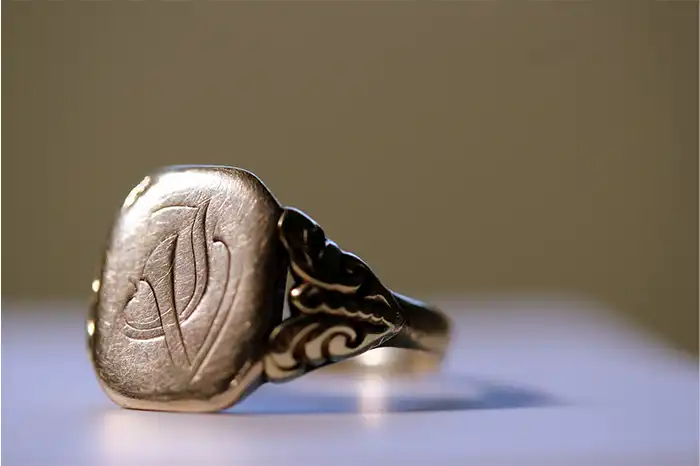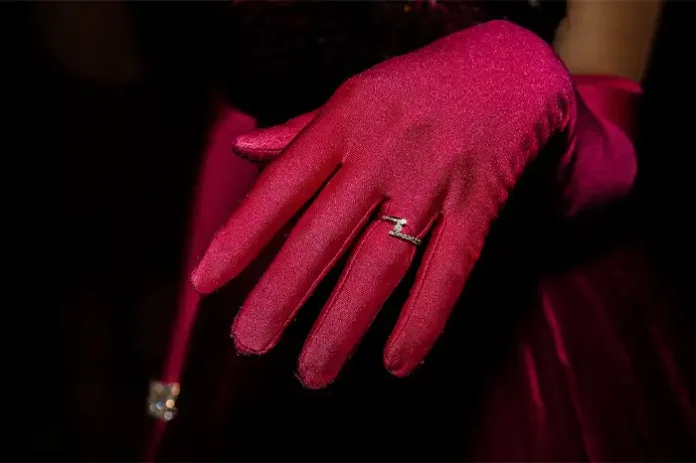Rings have long held immense symbolic meaning for humans throughout history, often symbolizing love, power, and status. Their circular form symbolizes eternity and unbroken bonds. Centuries ago, it served as an item of personal and cultural significance, found inside tombs of Egyptian pharaohs, on the hands of medieval European nobility, and now exchanged as engagement tokens by modern couples.
Engagement rings, for example, known as annuli pronubi, have evolved from simple iron rings to those composed of silver or gold. By the third century A.D., it was common to commemorate engagements with rings made of more precious materials, signaling the intent of marriage.
Over time, these rings have transformed from simple bands into intricate designs reflecting changing values as well as personal taste as expressions of identity, emotion, and heritage. Understanding the rich history of rings allows us to appreciate how these powerful symbols of commitment, power, and fashion have evolved over time. Read on for more details below.
The Symbolism of Pearl Rings: Why They’re More Than Just Beautiful
Pearl rings hold an exquisite place in jewelry history, embodying elegance, mystery, and natural beauty. While gemstones come directly from the ground, pearls form within oysters to form vibrant structures that symbolize purity. Since ancient times, pearls have been revered as valuable objects that stand for purity, transformation, and rare quality. Many cultures wear pearl rings, symbolizing purity as an affirmation of strength. Queens and noblewomen from Ancient Greece and Rome donned themselves with pearl rings as influential displays of power and grace.
To this day, pearl rings remain popular choices for engagements and other romantic milestones due to their subtle beauty and timeless allure. Pearl rings’ understated beauty is enhanced by their effortless charm, making them popular choices when selecting sentimental rings as gifts or treasured additions in vintage and modern jewelry alike. Today, there are various settings and styles of pearl rings, but their symbolic meaning remains closely tied to purity and grace.
Rings as Status Symbols and Displays of Power

Rings have long served as symbols of status and authority throughout history. In ancient Rome, rings served to identify social classes: only nobles could wear gold rings while lower classes had to make do with rings made from iron or less precious materials like bronze. Later on, rings evolved into symbols of power and political influence. To illustrate, signet rings bearing family emblems were often worn by nobility and royalty to signify their authority when making important transactions official.
Religious and political leaders alike often wear rings as symbols of their roles and responsibilities. Religious and political leaders also wear them to represent wealth, prestige, and personal achievement. Even today, modern leaders wear rings as powerful symbols representing wealth, prestige, personal achievement or social power to showcase their status to others.
Rings Are Now the Height of Fashion and Individual Expression
As modern fashion continues to advance, rings have evolved beyond symbolic representations of commitment, power, or status; they now also express personal style and individualism. Fashion rings featuring intricate designs or unconventional materials allow individuals to show off their personality and taste. From minimalist bands to elaborate cocktail rings adorned by eye-catching gemstones, these pieces reflect current fashion trends as well as individual senses of style.
Contemporary jewelry designers utilize diverse materials in their ring designs, from recycled metals and gemstones to trendy synthetic materials like nylon. Today, rings have evolved beyond their original symbols or meanings and become versatile accessories that can be combined for various outfits or occasions. Many view rings today as extensions of identity that allow wearers to make bold fashion statements or more subdued but meaningful gestures according to personal taste and fashion trends.
Wrapping Up
Rings have always been used as symbols of humanity’s values, emotions, real love and artistic endeavors across cultures and eras—from pearl rings worn by queens and noblewomen in previous ages through contemporary statement rings emphasizing individualism—they continue to hold cultural, personal, and historical meaning. As fashion trends and norms shift, so have these beloved items gained new layers of symbolism through each period in history, giving rings lasting symbolic importance as timeless items.
Modern rings have evolved into versatile accessories that not only boost personal style but also serve as reminders of memories and inspirational sentiments. When selecting or gifting rings, it’s important not only to appreciate their beauty but also to understand their deeper significance; each tells its own unique tale.
As designers innovate designs while recreating classic looks, rings continue to be beloved forms of jewelry that capture our innermost feelings while simultaneously connecting tradition with contemporary fashion.





